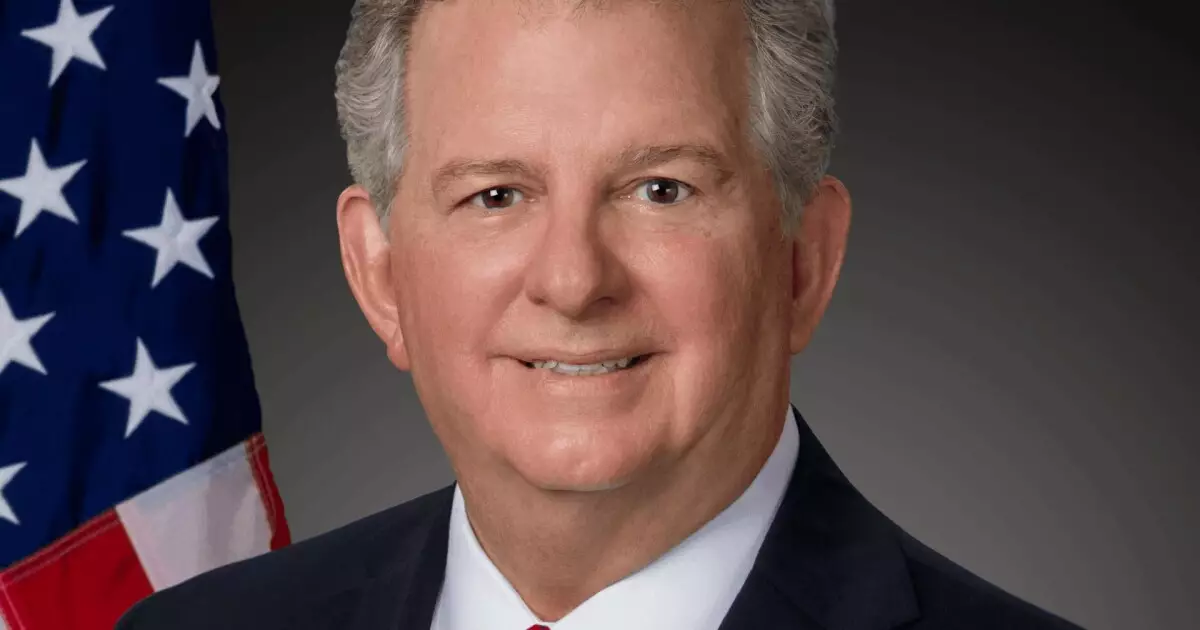Shreveport, Louisiana, finds itself at a financial crossroads, navigating the murky waters of municipal bonds while facing significant credit challenges and the lure of essential infrastructure improvements. The city’s recent bond announcements, totaling a staggering $256 million, raise eyebrows not only for their intended purposes but also for the diminishing reserves and escalating debts that paint a troubling picture.
The Bond Initiative: A Double-Edged Sword
At the heart of this financial endeavor lies Shreveport’s $28.9 million general obligation bond. This initial offering represents the city’s final authorization granted by a 2021 bond election, a move that seemingly seeks to bolster the city’s infrastructure at a time when public confidence in municipal finances is wavering. However, financing urban growth through debt can be a slippery slope. The city’s voters recently greenlit massive allocations for a range of public services: $125 million earmarked for streets and drainage, $82 million for water and sewer infrastructure, and potentially $49 million for police and fire departments. Yet, beneath this surface lies a potentially precarious economic situation that begs for scrutiny.
While the city touts Assured Guaranty insurance, elevating the bonds to a more appealing AA rating with S&P Global Ratings, the underlying conditions tell a different story. Shreveport’s recent credit ratings reveal a hazardous trend, featuring a Baa2 rating from Moody’s and a BBB-plus from S&P, both with negative outlooks. The downgrades reflect ongoing issues with the city’s financial reserves, which have dipped dramatically to just 32% of operating revenue. In a climate where effective financial governance is paramount, a steady decline in reserves is a red flag that cannot be ignored.
Long-Term Financial Health: A Cause for Concern
The sheer magnitude of the long-term liabilities facing Shreveport is alarming, reaching an astonishing 443% of the city’s revenue as of fiscal 2023. The fact that these liabilities have not only persisted but expanded over the past few years underscores the delicate balancing act that municipal leaders must navigate. Shreveport’s history of unaddressed infrastructure issues, particularly in its sewer system, reinforces doubts about the city’s ability to manage this added strain effectively.
Critics, including financial analysts like Joseph Krist, highlight a recurring pattern of resistance when it comes to crucial taxation discussions that could alleviate fiscal pressures. While the city has a target of maintaining a reserve of around 7%-8%, such aspirations starkly contrast the reality of financial instability, where reserves may plummet below acceptable thresholds as early as fiscal 2025. Mayor Tom Arceneaux’s assertion that he will not present budgets with lower reserve figures sounds optimistic, but comes across as wishful thinking in a climate riddled with fiscal uncertainty.
Infrastructure Investments: Progress or Pitfall?
While Shreveport’s push for infrastructure improvements through substantial bond issuances aims to create jobs and bolster economic activity, the fundamental issue remains: can the city sustain such endeavors without jeopardizing its financial standing? The city’s recent announcements about job creation linked to new investments by Amazon and LSU Health have stirred hope; however, these developments cannot mask the overarching economic malaise tied to unfunded pensions and deteriorating infrastructure.
The dire need for repairs and upgrades to outdated systems, particularly the sewer system’s compliance with federal consent decrees, looms large. While the administration remains cautiously optimistic about modifying these obligations, the delay in addressing the sewage issues reflects a lack of foresight that is emblematic of chronic governance challenges. Rapidly rising utility debts directly affect water and sewer rates, creating a burden for Shreveport’s residents.
A Realistic Perspective: The Path Forward
Despite the optimism surrounding new projects and investments, stakeholders must confront the reality that Shreveport’s financial difficulties will not simply resolve themselves through hope or new market ventures. The city must engage in a hard, honest assessment of its fiscal capabilities and governance strategies moving forward. Incremental changes must be made to address both operational expenditures and long-term investments in infrastructure to rebuild trust and confidence among residents and investors alike.
In the end, Shreveport remains a microcosm of broader economic challenges facing municipalities nationwide, where the desire for immediate growth must be tempered with a sober recognition of existing financial realities and future obligations. The significant gamble represented by the latest bond issuance is one that could pay off or become an albatross around the city’s neck, depending on how shrewdly the leadership manages the precarious balance of debt, reserves, and essential municipal services.

